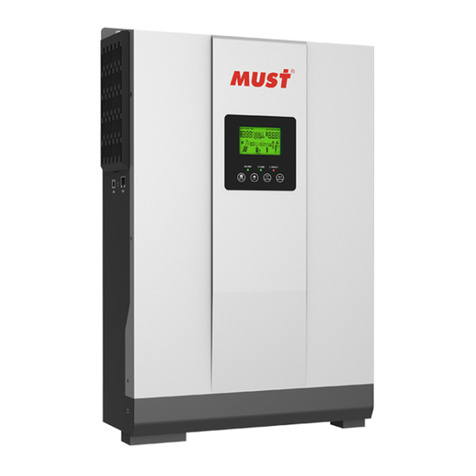
Table of Contents
ABOUT THIS MANUAL ........................................................................................................1
Purpose ..........................................................................................................................1
Scope .............................................................................................................................1
SAFETY INSTRUCTIONS ....................................................................................................1
INTRODUCTION ...............................................................................................................2
Features ..........................................................................................................................2
Basic System Architecture ...................................................................................................2
Product Overview ..............................................................................................................3
INSTALLATION .................................................................................................................4
Unpacking and Inspection ...................................................................................................4
Preparation ......................................................................................................................4
Mounting the Unit ..............................................................................................................4
Battery Connection ............................................................................................................5
AC Input/ Output Connection ...............................................................................................6
Final Assembly ................................................................................................................10
Communication Connection ...............................................................................................10
OPERATION . ..................................................................................................................10
Power ON/OFF ................................................................................................................10
Operation and Display Panel ..............................................................................................11
LCD Display Icons ............................................................................................................12
LCD Setting ....................................................................................................................14
Fault Reference Code .......................................................................................................19
Warning Indicator ...........................................................................................................21
Operating Mode Description ..............................................................................................22
Display Setting ................................................................................................................23
SPECIFICATIONS . ..........................................................................................................23
Table 1 Line Mode Specifications .........................................................................................23
Table 2 Inverter Mode Specifications ....................................................................................24
Table 3 Charge Mode Specifications .....................................................................................25
Table 4 General Specifications ............................................................................................26
TROUBLE SHOOTING ...................................................................................................... 27




























